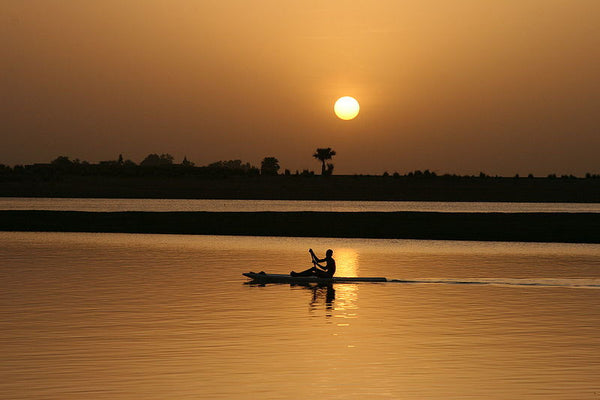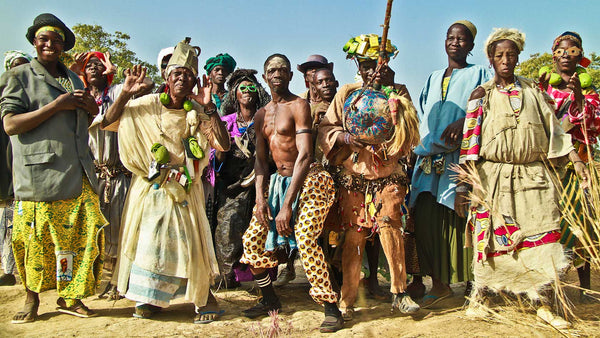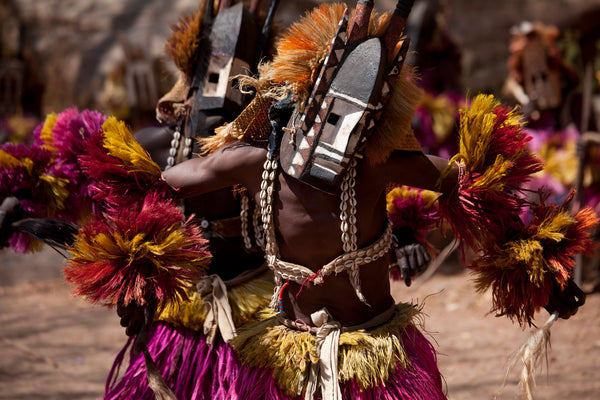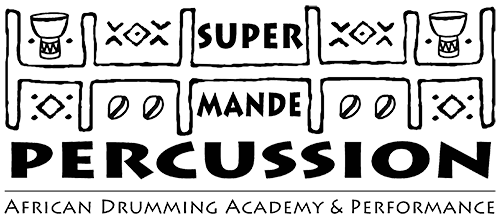GEOGRAPHY
Mali is a landlocked country situated in West Africa. It has land borders with Algeria in the north and north-west, Niger in the east and south, Burkina Faso and Ivory Coast in the south, Guinea to the south-west, Senegal to the west and Mauritania to the west and north-west.
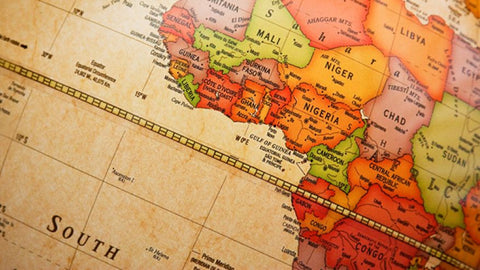
|
Mali is made up of two climatic regions, Sudanese and Sahelian, with the city of Keyes roughly the meeting point. Average annual rainfall in the south of the Sudanese region is about 55 inches and in the north, where it borders the desert, only 8 inches. In the Sahelian region there are considerable variations of temperature, especially in April, May and June, the period of maximum heat, and in December, when the hot, dry harmattan blows. The average temperature is 30°C (86°F). Continuing north through the Sahelian regions, one gradually enters into a Saharan climate marked by the virtual absence of rain and an extremely dry atmosphere. Over 40% of the country is, in fact, desert, and unsuitable for agriculture. The year is divided into 3 main seasons varying in length according to the latitude: November - February, cool and dry; March to May, hot and dry; and June to October, a season of rains characterised by lower temperatures and an increase in humidity. The republic is divided into 3 natural zones – the Sudanese, an area of cultivation covering some 200,000 sq. km (77,220 sq. mi) in the south and in the Niger delta; the Sahelian and the Saharan. In the south-west are the mountains of the Futa Jallon, which rise 600-700 metres (1,970-2,300 ft) and are deeply notched by valleys. The second massif, in the circle formed by the Niger River, is virtually a plateau and rests on a sandstone base.
|
POLITICS
The Sudanese Republic and Senegal became independent of France in 1960 as the Mali Federation. When Senegal withdrew after only a few months, what formerly made up the Sudanese Republic was renamed Mali. Rule by dictatorship was brought to a close in 1991 by a military coup - led by the president Amadou TOURE - enabling Mali's emergence as one of the strongest democracies on the continent. President Alpha KONARE won Mali's first democratic presidential election in 1992 and was reelected in 1997. In keeping with Mali's two-term constitutional limit, KONARE stepped down in 2002 and was succeeded by Amadou TOURE, who was subsequently elected to a second term in 2007. The elections were widely judged to be free and fair.
|
PEOPLE OF MALI
Dogon Tribe
The Dogon, known as Africa's People of the Cliffs, are an ethnic group located mainly in the administrative districts of Bandiagara and Douentza. Within these regions, the Dogon population is most heavily concentrated along a 200 km (125 mile) stretch of escarpment called the Cliffs of Bandiagara near Timbuktu, south of the Sahara Desert in West Africa. The cliffs have protected and dictated the culture of the intensely spiritual Dogon. The focus is on the people of the cliff face in their villages built beside steep-walled gorges that are accessible only on foot. The Dogon are incredibly industrious farmers, skilled in growing sorghum, millet, corn and onions. Their homeland, the Pays Dogon, has been designated a World Heritage site because of its cultural significance. The Dogon are also famous for their artistic designs in woodcarvings. As skilled artisans, they are famous for their elaborate masks. Their dances include over 80 varieties of masks, each depending on the type of celebration. The cliffs provide a spectacular physical setting for Dogon villages built on the sides of the escarpment. There are approximately 700 Dogon villages.
Fulani Tribe
The Fulani of Mali are also known as the Fulfulde or Peul. Most estimates of their number in Mali range between 850,000 to 1,000,000 people. The majority of the Fulani are from a sub-group known as the Futa Jallon. The Fulani people comprise the largest nomadic society in the world, covering at least six nations in West Africa. Fourteen million Fulani are spread throughout north-west and Central Africa. The major concentration of Mali's Fulani population is located within a 150 km radius of the city of Mopti. Most urban Fulani tend to be sedentary, commercial people, whereas the rural Fulani tend to be migratory herdsmen.
Tuareg Tribe
The Tuareg, or 'blue men of the desert' (named for their indigo robes and turbans) are an ancient nomadic tribe still eking out a desert existence. They are a proud race of people, famous for their fighting abilities and artwork, now staring urbanisation and resettlement in the face. Drought and government policy are threatening their traditional way of life but Tuaregs and their camel-caravans still appear unexpectedly on the horizon before melting into the desert again.
|
FESTIVALS & EVENTS
Festival in the Desert (Festival-au-Desert), Timbuktu
This is truly a one-of-a-kind experience!
Billed as the "most remote music festival in the world" the Festival is a three-day Afro-pop powwow held by the Tuareg, the traditionally nomadic "blue people" of the Sahara. It's a tribe often feared for the banditry of its rebels and respected for the fact that it has never really been conquered. Combining traditional Tuareg music and dance, camel races, and competitions during the day, the Festival comes alive at night with modern Malian music, which is becoming popular the world over from incorporation into music as diverse as that of Robert Plant and Paul Simon.
Festival on the Niger, January – February, Segou
Traditional Malian music and dance, a Forum with theme "development through culture and tourism", a Fair with local art and food.
Fête des Masques, April, Markala
The Dogon are famous for their masks and during the five-day event, many of which are used in ritual ceremonies that go back more than 1000 years. At each Sigui festival, a new ceremonial mask is carved especially for the occasion, then placed in the Tellem caves. Remnants of these masks going back hundreds of years have been found in the caves.
Crossing of the Cattle, December, Mopti
The Cattle Crossing is the most important Fulani festival in Diafarabe. Every December, herders bring cattle from the grazing lands to the river at Diafarabe. Here everyone crosses the river. On the other side families are reunited for a few days, before they take the cattle to new pastures. The first day is the Promenade des Jeunes, when the unmarried men and women dress up to attract each other. There is also a competition to judge the fattest and best looked-after cattle, with useful prizes.
|
